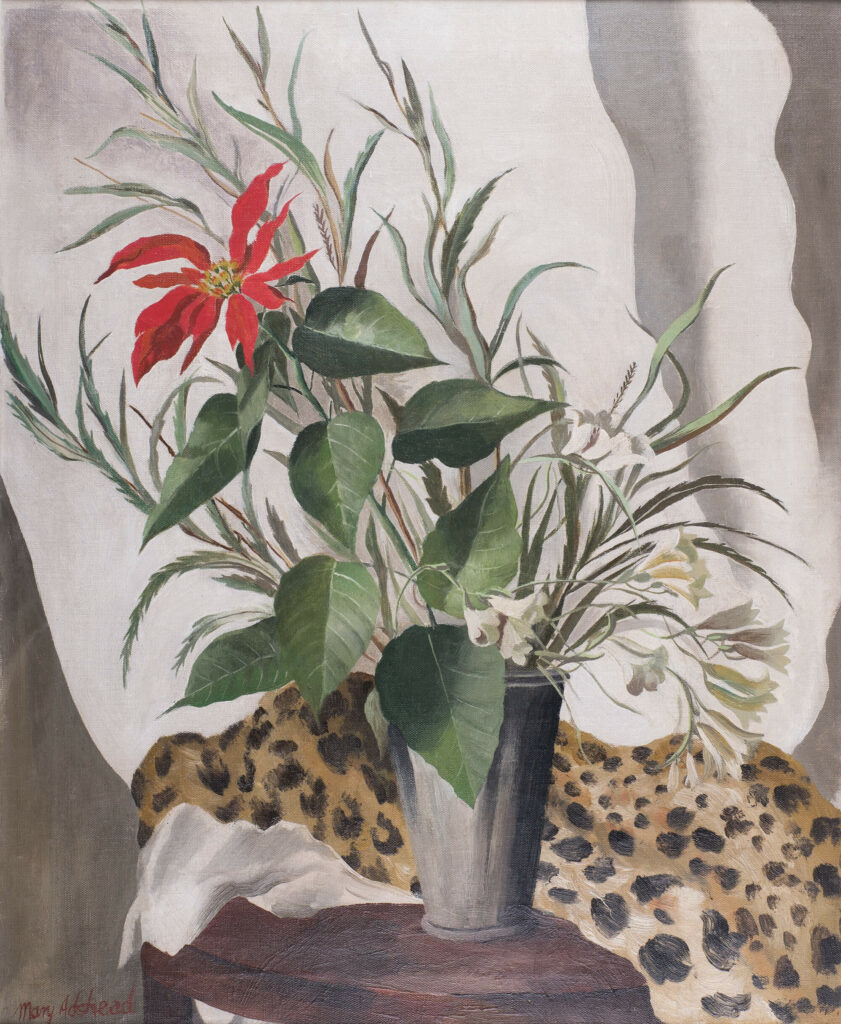Introduction
In the spring we opened ‘Sanctuary: Artist-Gardeners 1919 – 39‘, an exhibition in partnership with Liss Llewellyn. It told the story of how in the period between the wars an exceptional number of British artists turned to gardens as inspirations to their work. Gardens were also personal sanctuaries: many, but not all, had experienced the First World War.
Lockdown cut short Sanctuary but it was so popular when transferred to our website that Liss Llewellyn have curated a second exhibition on the theme: this exhibition, I underline, is online only.
The works are for you to enjoy browsing on your screen. But if you want to buy a picture, a commission of up to 50% goes directly to the Museum, at a time when our survival depends on donations by Friends and followers.
Through three decades of serious research and inspired rediscoveries, Liss Llewellyn have redefined the reputations of a generation of artists, such as Charles Mahoney, Evelyn Dunbar, Douglas Bliss and Harry Epworth Allen. Why did so many turn to gardens?

































